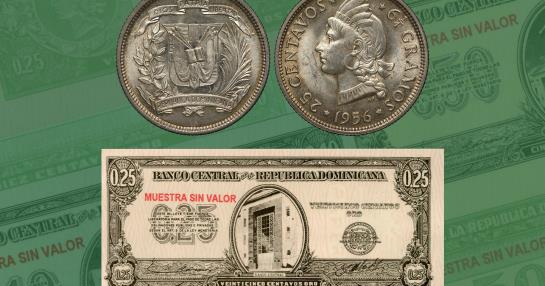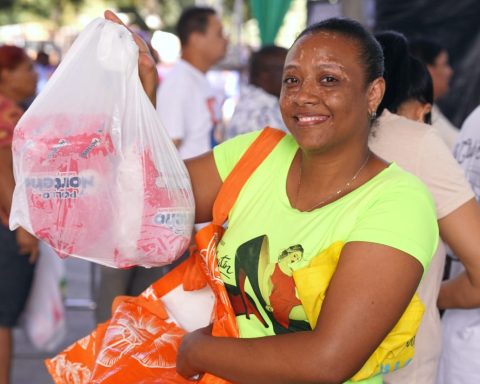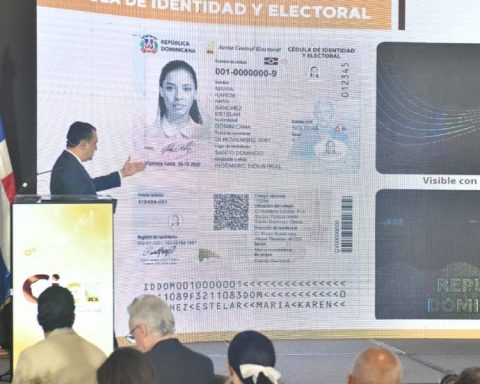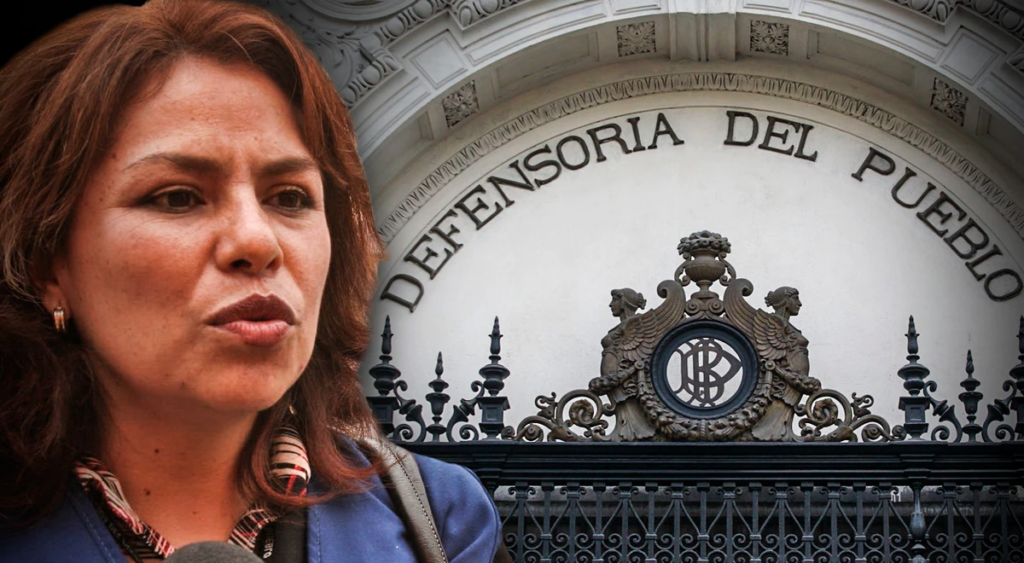The political instability generated by the execution of the dictator Rafael Trujillo on May 30, 1961, had an impact on the Dominican economy to the extent that the population began to hoard the silver coins of the time, which caused a shortage of currency. Consequently, the authorities adopted an emergency measure: print for the first time banknotes that were worth pennies.
After Trujillo’s death, a rumor circulated that the dictator’s family and his relatives took the precious metals out of the country, particularly the gold that served as monetary backing, with which the banknotes bank were unprotected; unlike the metallic coins that had their intrinsic value, especially those of 10, 25 and 50 cents. This caused people to hoard the coins, says Sinthia Machado, deputy director of the Numismatic and Philatelic Museum of the central bankin a book about collecting and banknotes Dominicans.
To remedy the economic situation, in the last stretch of 1961, the Executive Power, headed by President Joaquín Balaguer, approved a single resolution of the Monetary Board and ordered by decree the manufacture of banknotes fractional or paper coins, of the denominations of 10, 25 and 50 cents. Two issues were made that totaled 9.4 million banknotes valued as a whole at 2.5 million pesos.
The first issue of those banknotes coin was manufactured in the same central bank of the Dominican Republic, in 1961, and was authorized by decree 7238 of November 3 of that year.
For that first time, 2.2 million were issued. banknotes for a global amount of 500,000 pesos. They were distributed in 400,000 banknotes of 50 cents, 800,000 of 25 cents and 1 million of 10 cents.
The second time these were issued banknotes The printing was carried out by the American Bank Note Company, from the United States, and was authorized by decree 7378 of December 7, 1961. They were much more: 7.2 million banknotesfor a global value of 2 million pesos.
For those in this series, the color of the printing and the quality of the paper were changed, and symbols of the Trujillo regime disappeared. They were distributed in 2 million 50-cents, 3.2 million 25-cents and 2 million 10-cents. They were put into circulation in January 1962.
The banknotes The 10-cent coins had the facade of Banco de Reservas printed on them, the 25-cent coins had that of the Banco de Reservas. central bank and those of 50 cents that of the National Palace.
Below you can see sample images of these banknotes:
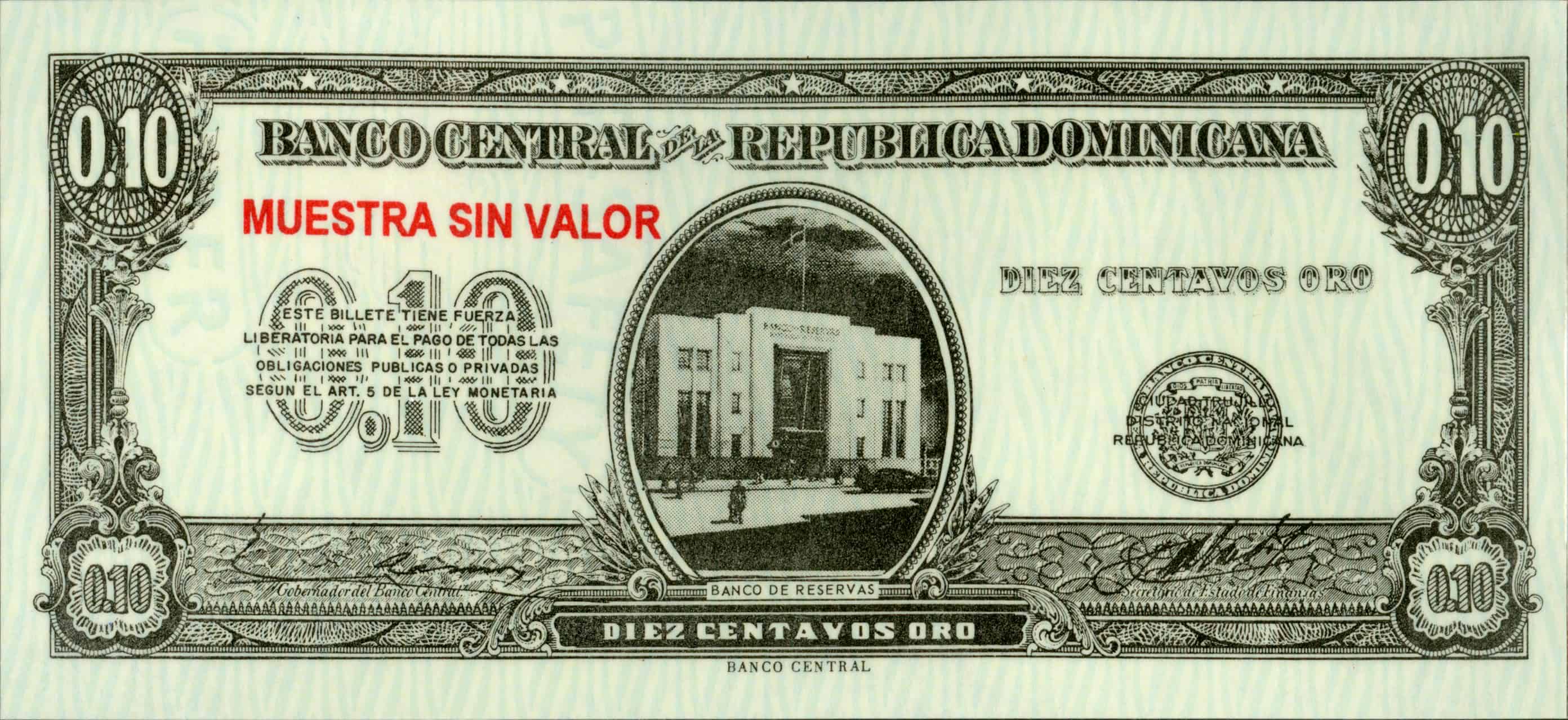
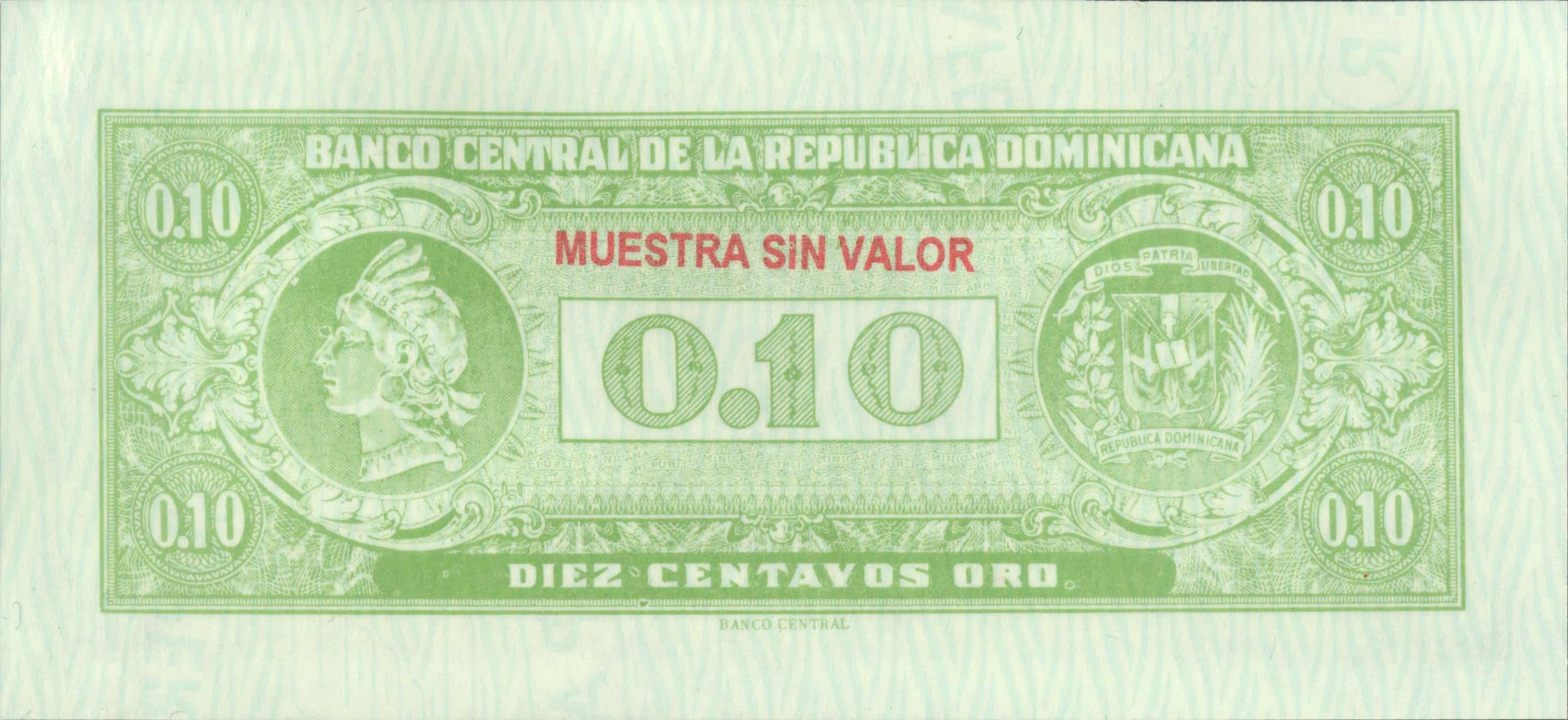
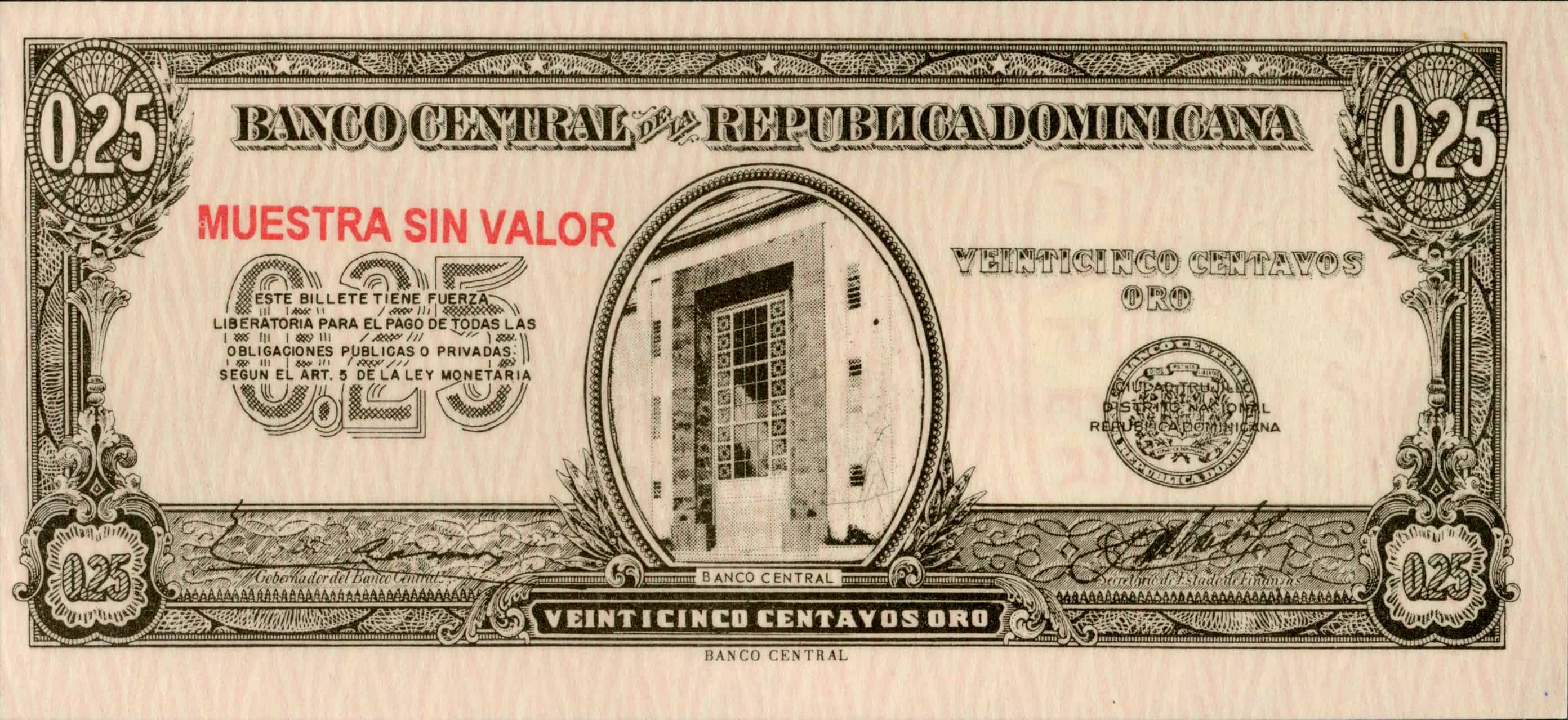
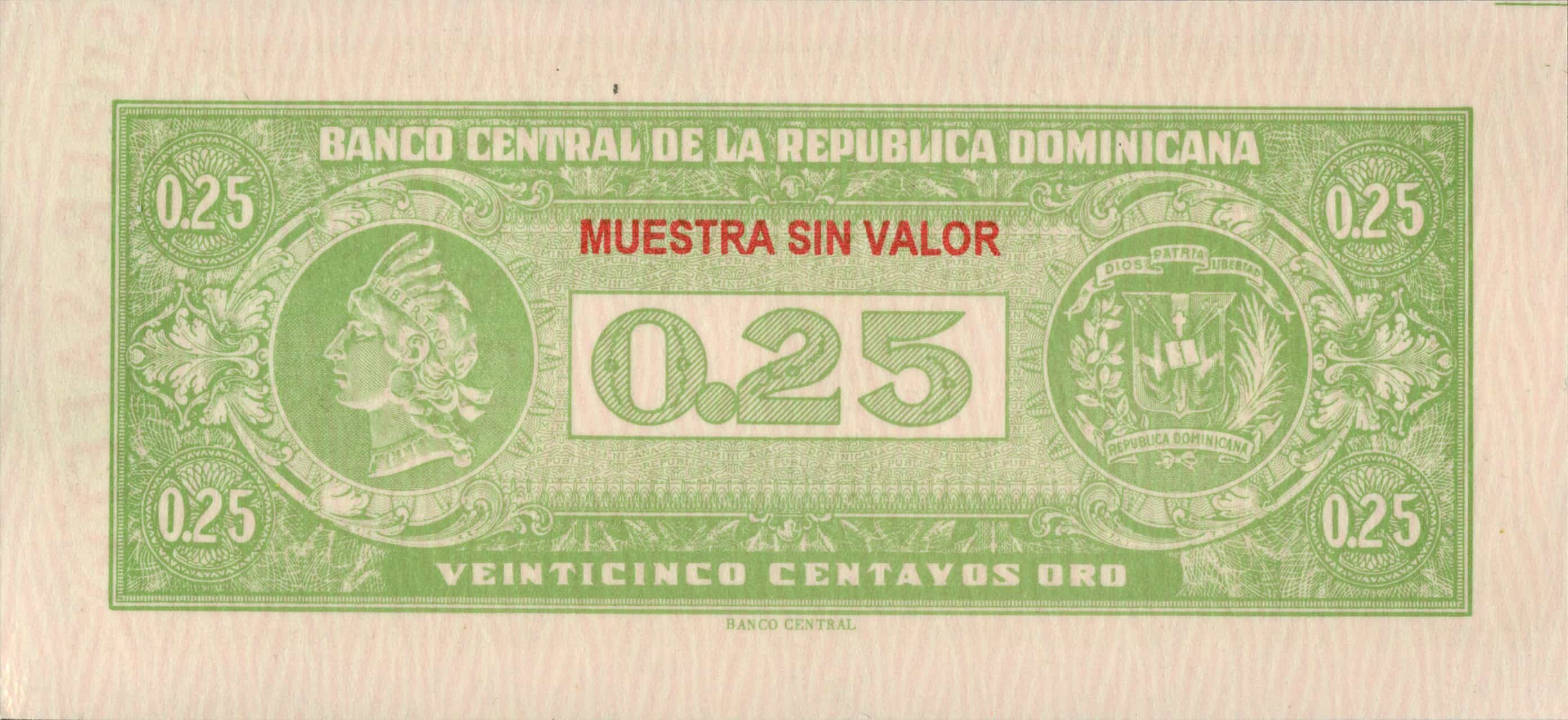
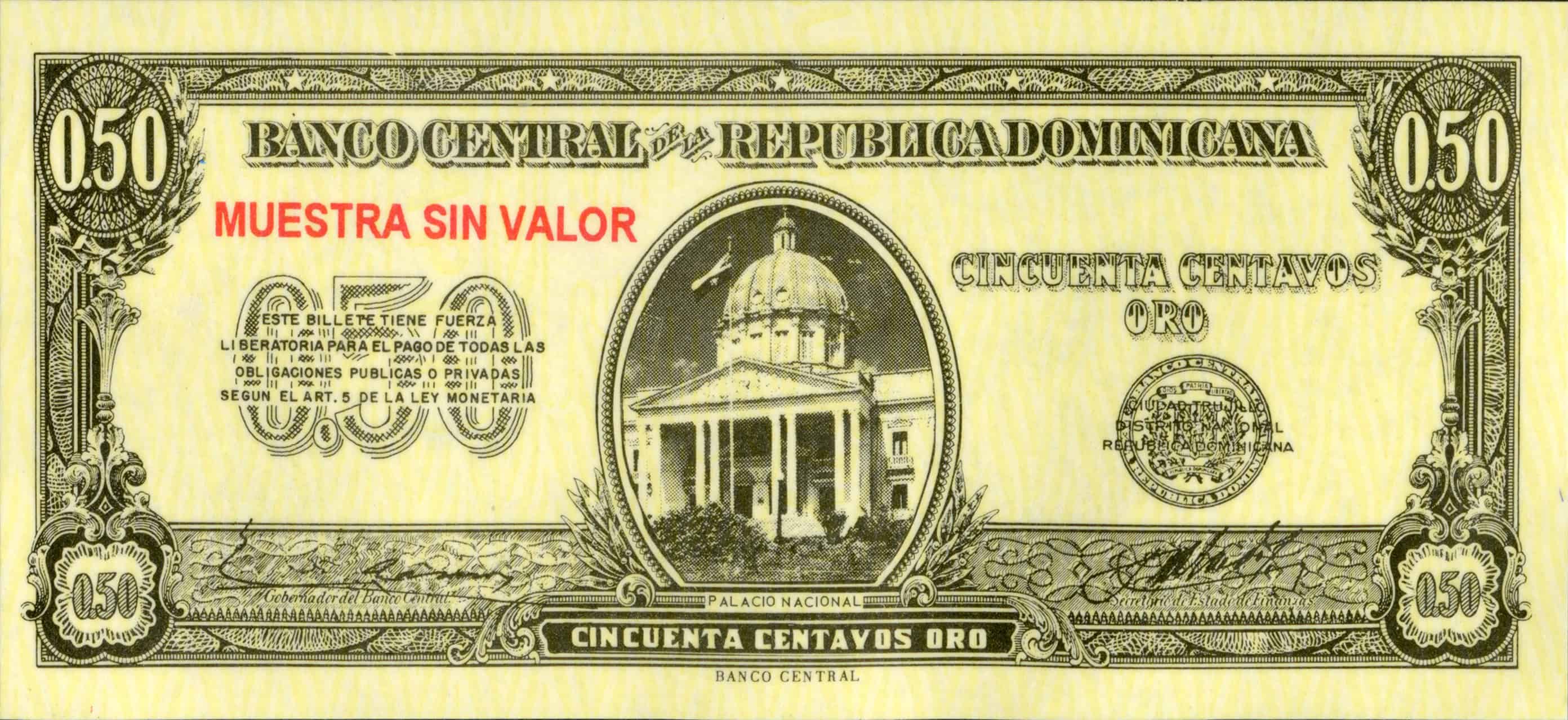
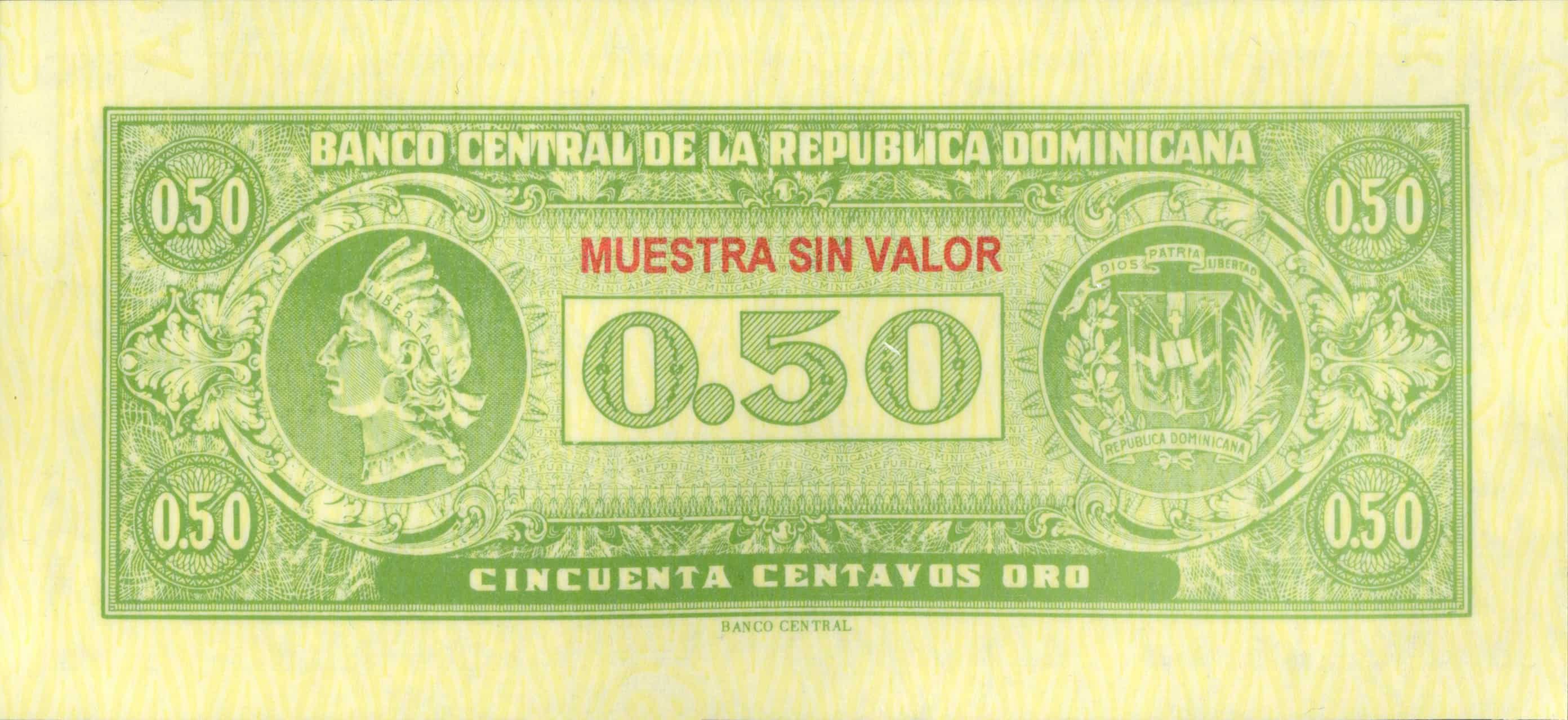
They are “no longer cents” among collectors
Prices vary according to the conditions of the pieces.
250-300Dollars
Banknotes issued by the Central Bank of the Dominican Republic
100-150Dollars
Those issued by American Bank Note Company
In one of the Recitals of decree 7238, the Balaguer administration considered that the measures taken by the Government to promote an increase in foreign currency, “together with its moral and material solvency”, demonstrated that there was no financial or economic reason to justify the hoarding of fractional metal coins among the population. He attributed to the fact that it was done only for speculative purposes or as a “purely political maneuver”.
“It is appropriate to put an end to that situation by issuing provisionally banknotes of fractional banks, which will not increase the monetary issue, since they will be exchanged for banknotes already issued, and that will be withdrawn, moreover, as soon as these illegal maneuvers have ceased, ”said the Executive Power in the decree.
The first issue of those banknotes fractional documents had the signature of Manuel V. Ramos and José Manuel Machado, as governor of the central bank and Secretary of State for Finance (today the position is Minister of Finance), respectively.
Those of the second issue were signed by Silvestre Alba de Moya y Machado, as governor of the central bank and Secretary of State for Finance, respectively.
“There is no reason of a financial or economic nature that justifies the current hoarding of fractional metal coins that has been carried out only for speculative purposes or as a purely political maneuver”Decree 7238 of November 3, 1961
The writer Machado indicates in her book that the banknotes fractional printed by the central bank were withdrawn from legal circulation by means of a decree of February 18, 1996, in which 90 days were granted from that date so that the interested parties could exchange them for banknotes of legal circulation, directly in the central bank or through commercial banks in the country.
After this period, they could not be exchanged for banknotes of legal circulation or by metal coins, and ceased to have liberating force.
The Fifteenth Resolution of the Monetary Board of October 20, 1995 authorized the total disqualification of the banknotes unfinished, left over from the issuance of fractional paper coins, manufactured by the central bank of the Dominican Republic, by printing on both sides of each of the banknotes, of the legend “Sample without value”, as a condition to be able to be commercialized in the numismatic market. Samples are sold out and are no longer available to the public at the central bank.
From the institution it was reported that, in the field of collecting, the prices of the pieces vary according to their conditions, but, in a general sense, those issued by the central bankIf in good condition, they can be worth between $250 and $300, and between $100 and $150 those issued by American Bank Note Company.
